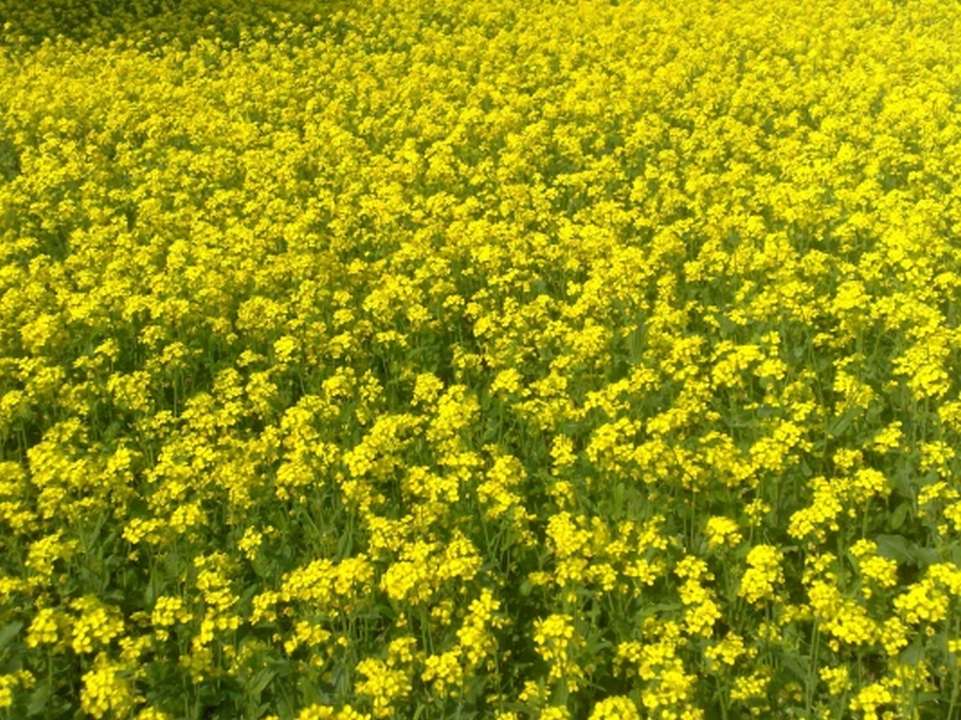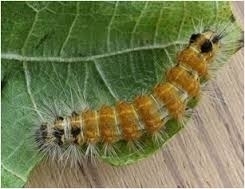General Information
India is fourth largest contributor of oilseeds and Rapeseed and mustard contributes about 28.6% in total oilseeds production. After soybean and palm oil, it is third important oilseed in world. Mustard seeds and its oil is used for culinary purpose. Young leaves are used for vegetable purpose. Its oil cake is used for feeding cattle.
Mustard-rapeseed groups includes Indian mustard, Brown and yellow sarson, raya and toria crop. Indian mustard is grown in Rajasthan, Madhya Pradesh, UP, Haryana and Gujarat also in some areas of south like Andra Pradesh, Karnataka and Tamil Nadu. Yellow sarson is taken as rabi crop in Assam, Bihar, Orissa and West Bengal where as in Punjab, Haryana, UP and Himachal Pradesh it is taken as catch crop. Earlier brown sarson was cultivated in most of the area now its area under cultivation is decreases and replaced by Indian mustard. Brown sarson has two ecotypes Lotni and Toria. Toria is short duration crop sown under irrigated condition. Gobhi sarson is new emerging oilseed, It is long duration crop grown in Haryana, Punjab, and Himachal Pradesh.












